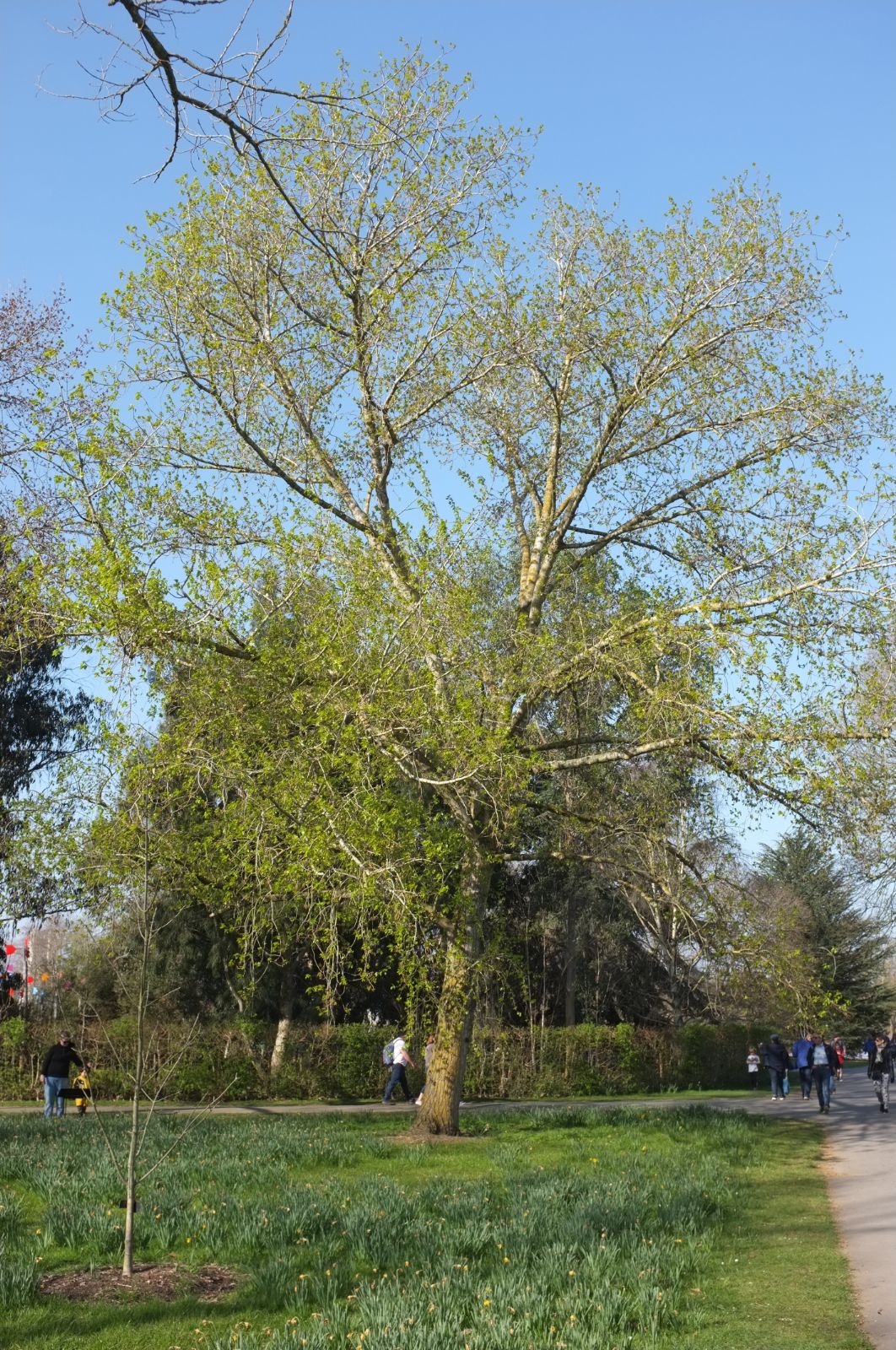Populus adenopoda
Credits
Article from Bean's Trees and Shrubs Hardy in the British Isles
Recommended citation
'Populus adenopoda' from the website Trees and Shrubs Online (treesandshrubsonline.
Genus
Synonyms
- P. silvestrii Pamp.
Other taxa in genus
- Populus acuminata
- Populus alba
- Populus angulata
- Populus angustifolia
- Populus balsamifera
- Populus × berolinensis
- Populus × canadensis
- Populus candicans
- Populus canescens
- Populus ciliata
- Populus deltoides
- Populus fremontii
- Populus × generosa
- Populus glauca
- Populus grandidentata
- Populus heterophylla
- Populus koreana
- Populus lasiocarpa
- Populus laurifolia
- Populus maximowiczii
- Populus nigra
- Populus purdomii
- Populus sargentii
- Populus simonii
- Populus szechuanica
- Populus tremula
- Populus tremuloides
- Populus trichocarpa
- Populus tristis
- Populus wilsonii
- Populus yunnanensis
This is a Chinese ally of the aspen, differing from ordinary P. tremula in the long drawn-out apex of the leaves of mature trees and in the shallower undulations of the margin. There are also two conspicuously large glands where the blade joins the stalk which are distinctive (in P. tremula these are found only on the leaves of long shoots). The species is a native of Central and W. China and first appeared in cultivation about 1906 as “P. Silvestrii”. These early plants were more persistently downy in leaf and young shoot than later ones. Wilson observed that wild trees varied in this character but that on old trees the leaves were always glabrous at maturity.
Another E. Asiatic aspen is P. sieboldii Miq., a native of Japan and Sakhalin, which is well distinguished from P. tremula by the whitish down on the young shoots and the well-developed glands at the base of all the leaf-blades (as in P. adenopoda). In was in cultivation by 1887, when Messrs Simon-Louis offered it under the erroneous name “P. rotundifolia”. Both these aspens are rare in cultivation.

